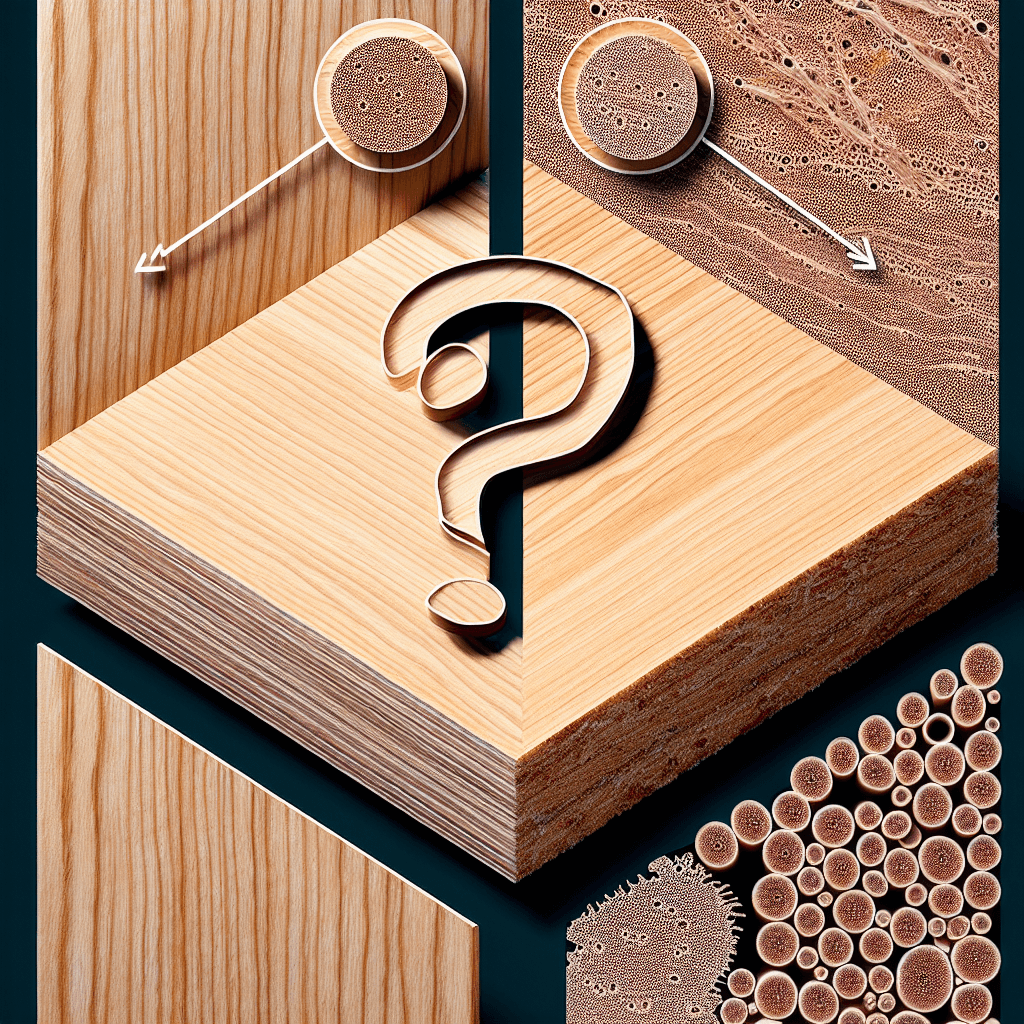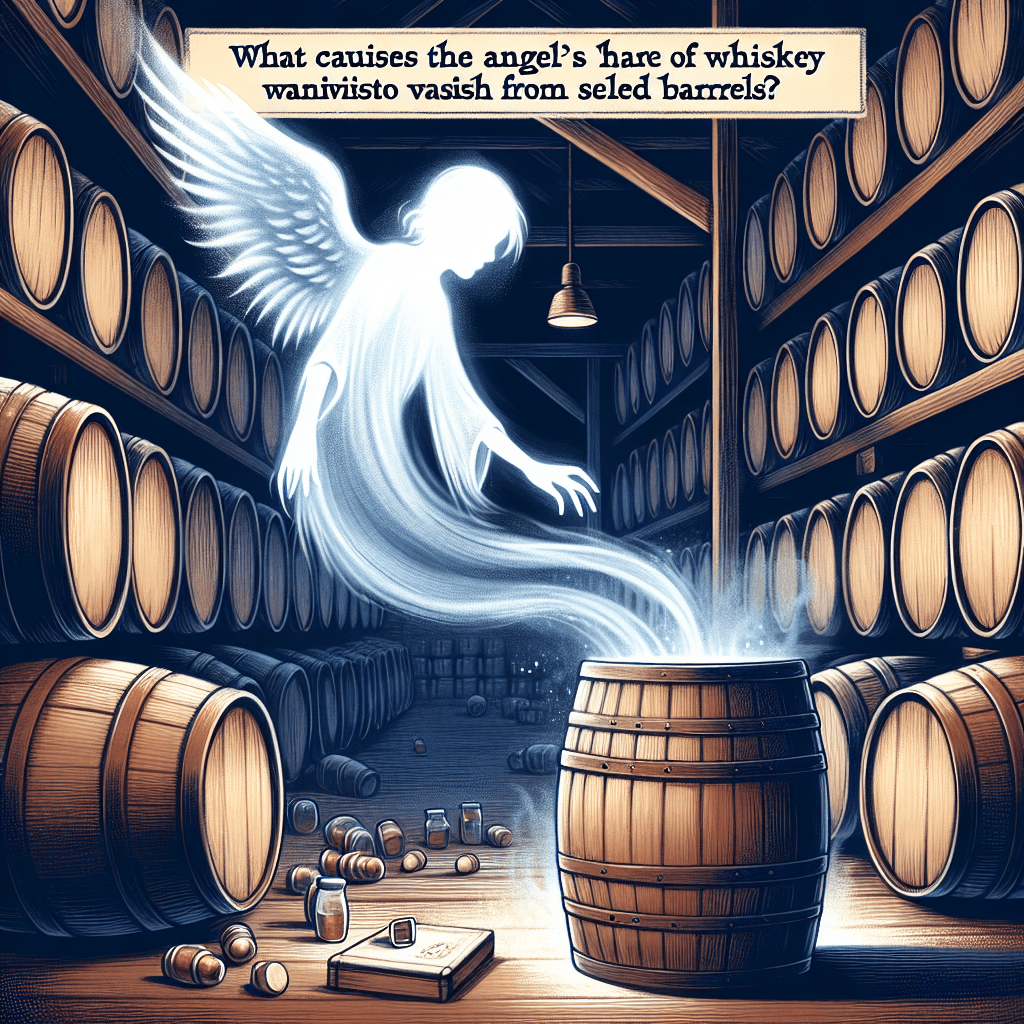Game, Set, Match: Why Are Tennis Balls That Specific Fuzzy Yellow-Green Color
Ever wondered about the distinct, almost fluorescent, yellow-green hue of a tennis ball? It's far from a random choice; this iconic color is a result of history and science.


Too Long; Didn't Read
The specific yellow-green color of tennis balls was deliberately chosen based on scientific principles to ensure maximum visibility for players and television viewers.
Game, Set, Match: Why Are Tennis Balls That Specific Fuzzy Yellow-Green Color?
Ever watched a thrilling tennis match, eyes glued to the lightning-fast volleys? Or perhaps you've stepped onto the court yourself, the familiar thwack of ball against strings echoing around you. Amidst the action, have you ever stopped to wonder about the ball itself – specifically, its distinct, almost fluorescent, yellow-green hue? It’s far from a random choice. This iconic color is a result of history, science, and the need for optimal visibility. This post delves into the reasons behind the specific fuzzy yellow-green color of tennis balls, exploring why this shade reigns supreme on courts worldwide.
From Classic White to Broadcast Bright
Believe it or not, tennis balls weren't always the vibrant color we see today. For much of tennis history, the standard ball color was white, and occasionally black, depending on the court color. This worked reasonably well for players on the court and spectators present at the venue.
However, the game changed significantly with the advent of color television broadcasting. Viewers watching at home struggled to follow the small, fast-moving white balls against the lines and the varied backgrounds of the court. This presented a challenge for broadcasters aiming to make tennis a more viewer-friendly sport.
The Science of Sight: Enter "Optic Yellow"
The quest for a more visible tennis ball led to research into optics and human perception. Studies explored which color would offer the best visibility for both players on various court surfaces and, crucially, for television audiences.
The findings pointed towards a specific shade in the yellow-green part of the spectrum. Here's why:
- Peak Human Eye Sensitivity: The human eye is naturally most sensitive to light in the middle of the visible spectrum, which corresponds to yellowish-green colors. This means these colors appear brighter and are easier to detect, especially in peripheral vision and during rapid movement.
- Contrast is Key: This particular shade, often officially termed "Optic Yellow," provides excellent contrast against the most common tennis court colors (blues, greens, reds/clays) and the general background clutter of a stadium or park.
- Performance Under Varying Light: Optic Yellow performs well under different lighting conditions, from bright sunlight to the artificial lights used in evening matches or indoor arenas.
While anecdotes sometimes credit broadcaster David Attenborough with championing the color change during his time at the BBC, the official transition was driven by research commissioned by the International Tennis Federation (ITF). Based on studies demonstrating superior visibility, the ITF introduced regulations permitting yellow tennis balls for official competition in 1972. Wimbledon was famously one of the last major tournaments to adopt the yellow ball, making the switch from traditional white balls in 1986 to improve the television viewing experience.
More Than Just Color: The Role of the Felt
While the color is primarily about visibility, we can't discuss tennis balls without mentioning that characteristic fuzz. This felt covering, usually made of wool and nylon, isn't just for show:
- Aerodynamics: The fuzz increases air resistance, slowing the ball down compared to a smooth sphere and allowing for more controlled shots.
- Bounce: It affects how the ball compresses and rebounds off the court surface.
- Spin: The felt fibers interact with the racquet strings, enabling players to impart significant spin on the ball.
Though the fuzz itself isn't directly related to the color choice, it's an integral part of what makes a tennis ball behave the way it does.
Conclusion: A Calculated Choice for Clarity
So, the next time you see that fuzzy yellow-green sphere flying across the net, remember it’s not just any color. That specific "Optic Yellow" is a carefully chosen shade, backed by the science of human vision and driven by the need to make tennis enjoyable and easy to follow for everyone, from the players battling on court to the millions watching worldwide on television. It's a small detail that significantly enhances the speed, precision, and spectator appeal of the game. The bright, distinctive color is a testament to how even seemingly minor elements in sport are often the result of deliberate design aimed at optimizing performance and experience.


